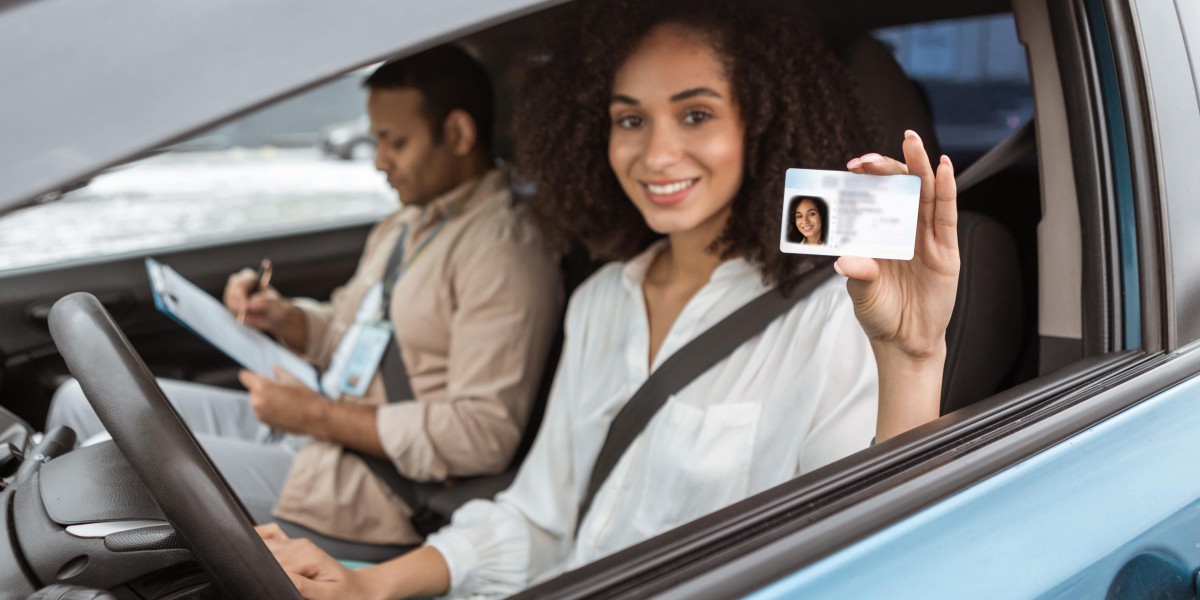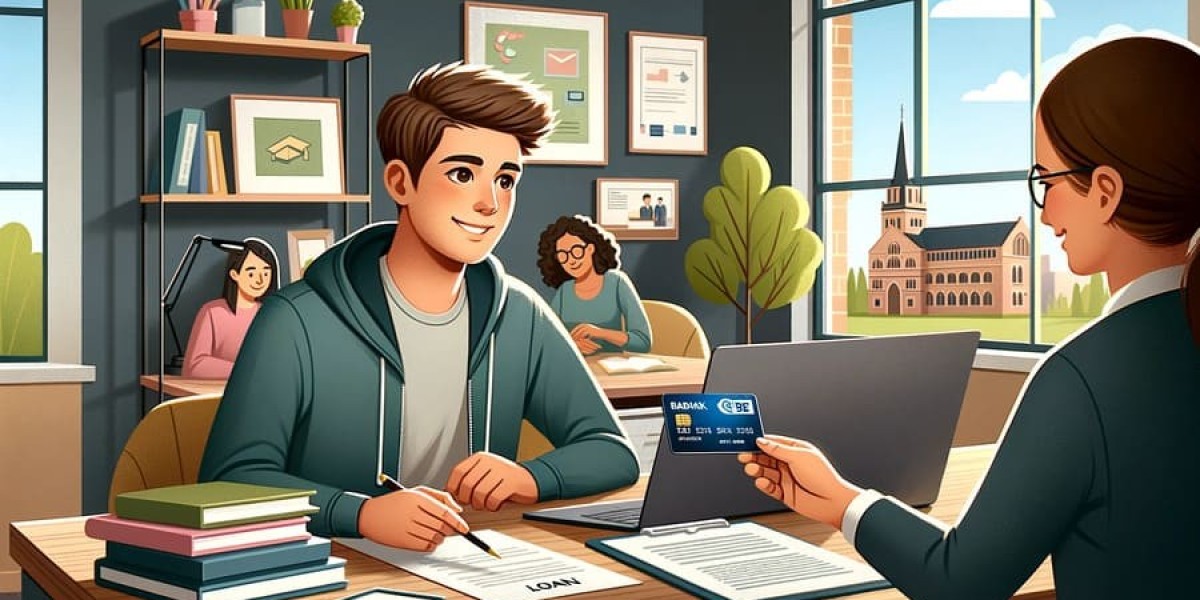Understanding the UK Driver License: A Comprehensive Guide
In the United Kingdom, holding a driver's license is a vital aspect of movement and independence. Making it possible for people to operate motor cars lawfully, the driver license system is governed by a set of regulations that ensure both safety and skills on the roads. This article looks into the intricacies of obtaining a UK driver license, the various types readily available, the application process, renewal requirements, and regularly asked questions regarding the licensing system.
Types of Driver Licenses in the UK
In the UK, driver licenses are categorized based upon the kind of car being operated. The following are the primary classifications:
Category B: This is the most typical type for cars and trucks. It allows the holder to drive automobiles with an optimum weight of 3.5 tonnes and carrying as much as eight guests.
Classification A: Pertaining to motorcycles, this classification is divided into 3 subcategories:
- A1: Light motorbikes (approximately 125cc)
- A2: Medium bikes (as much as 400cc)
- A: Any motorbike
Category C: For larger vehicles such as trucks, this classification allows the holder to drive lorries over 3.5 tonnes.
Classification D: This is designated for driving licence for sale buses and coaches, which can carry more than eight passengers.
Classification BE, CE, and DE: These permit the driving of bigger vehicles with trailers.
Getting the proper license is essential, not only for legal compliance however likewise for guaranteeing the safety of the driver, guests, and other roadway users.
Actions to Obtain a UK Driver License
Acquiring a driver license in the UK includes numerous actions, which consist of:
Step 1: Apply for a Provisional License
Before discovering to drive, individuals must get a provisionary license. The requirements include:
- Being at least 17 years old (or 16 if obtaining a motorcycle or moped license).
- Offering identification, such as a passport or biometric house authorization.
- Paying the relevant charge.
Action 2: Prepare for the Theory Test
When in belongings of a provisional license, applicants need to prepare for the theory test, which is divided into two parts:
- Multiple-choice questions: Testing knowledge of roadway rules and policies.
- Danger understanding test: Evaluating the capability to identify prospective risks on the road.
Action 3: Pass the Driving Test
After passing the theory test, people can reserve a useful driving test. This involves:
- Taking lessons with a qualified instructor to obtain driving abilities.
- Undergoing a dry run that assesses driving capability, decision-making, and roadway safety awareness.
Step 4: Acquire a Full License
Upon passing the driving test, the person can apply for a complete driving license. The steps include:
- Completing the application provided by the Driver and Vehicle Licensing Agency (DVLA).
- Submitting the needed files including the pass certificate from the driving test.
- Paying the cost for the complete license.
Step 5: Understanding the Probationary Period
New drivers in the UK are subject to a probationary duration of 2 years after passing the driving test. Throughout this time, accumulating six or more charge points can lead to the license being revoked.
Restoring Your Driver License
Driver licenses in the UK do not expire forever; they need renewal. It is advised to restore your license every 10 years. Here are the actions for renewal:
Check your eligibility: Valid driving licenses must be renewed before they end or if there are changes to personal scenarios (such as health status).
Send the renewal application: This can be done online licence driving or by means of post. The renewal application needs similar documentation as the initial application, including recognition and any appropriate fees.
Await processing: Once the application has been submitted, it generally uses up to three weeks to get the renewed license.
Regularly Asked Questions (FAQs)
Q1: Can I drive with an abroad license in the UK?
Yes, visitors to the UK can drive utilizing a legitimate overseas driver license for as much as 12 months. However, after this period, they need to look for a UK license if they wish to continue driving.
Q2: What documents do I need to request a provisional license?
You will need evidence of identity, a passport-sized image, and payment for the application charge. In addition, if you have changed your name, you'll need to supply supporting files such as a marital relationship certificate or deed survey.
Q3: What happens if I lose my driver license?
If you lose your driver license, you need to report the loss to the DVLA and apply for a replacement. This can be done online driving licence or via a paper application.
Q4: Are there any special factors to consider for obtaining a license for individuals with impairments?
Yes, the UK has arrangements and support offered for people with disabilities. Each case is assessed on a private basis, and adjustments in automobiles might be needed. The DVLA supplies extra assistance for this procedure.

Q5: How long does it require to get a complete driving license after passing the test?
Usually, as soon as you pass the useful driving test, you can expect to receive your full license Uk within three weeks. However, this can vary based on the volume of applications the DVLA is processing.
Getting a UK driver license is a complex process that requires commitment and understanding of roadway safety. From the preliminary application for a provisional license through to the last acquisition of a full driving license, each action contributes considerably to guaranteeing that the roads remain safe for all users. By understanding the various requirements and keeping abreast of changes in legislation, aspiring drivers can browse the complexities of the UK licensing system with confidence.









